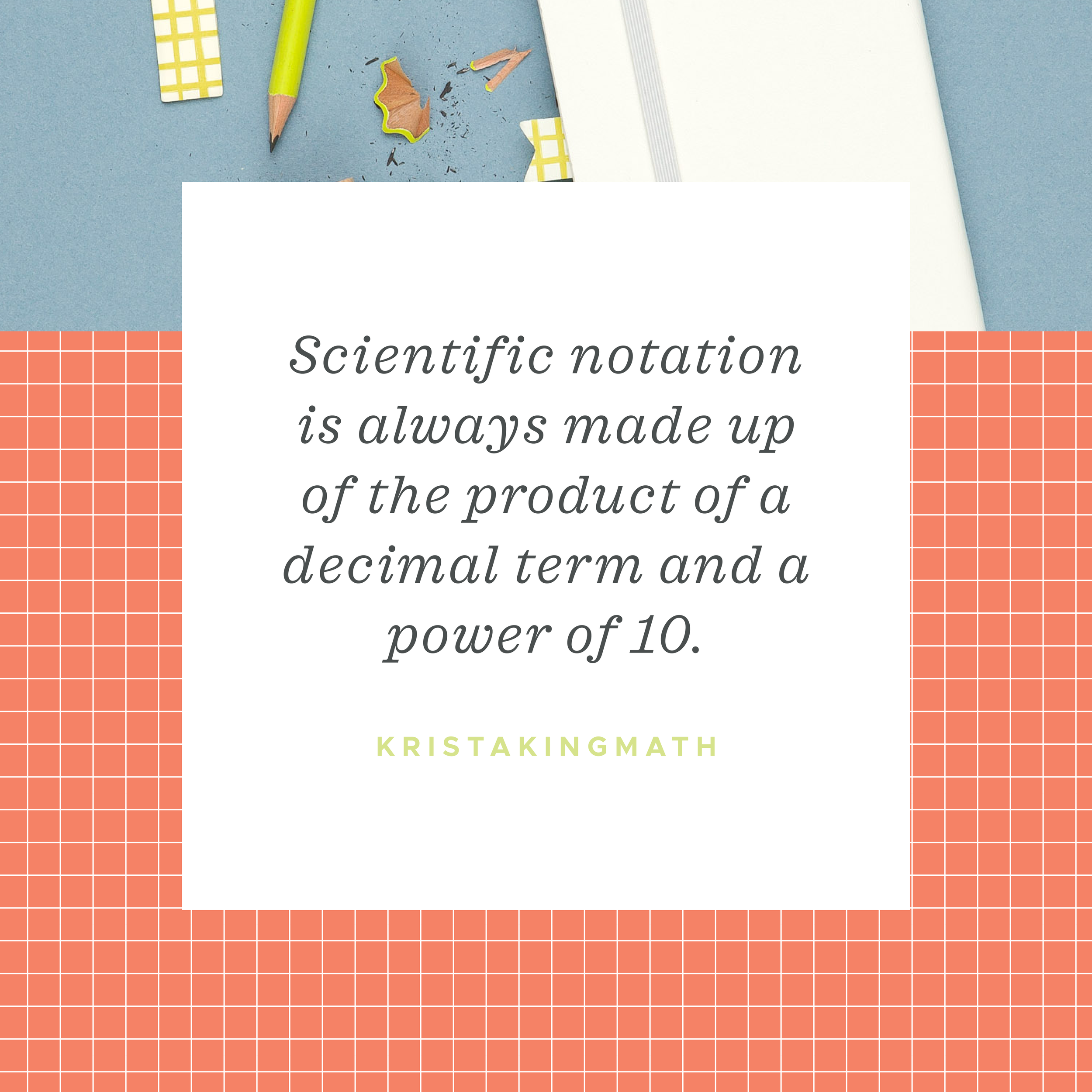Scientific notation - How to do it?
Scientific notation is all about proper form. There’s only format that qualifies as proper scientific notation, and that’s the product of a decimal term and a power of 10. Moreover, the number to the left of the decimal point must be between 1 and 9. So the decimal number can’t be something like 0.13, because 0 is less than 1, and the decimal number can’t be something like 10.4, because 10 is greater than 9. The reason you’ll study scientific notation is #prealgebra is because it’s a super convenient way to handle very large numbers, or very small numbers, including both positive and negative numbers.
Ever wondered how to write the distance between earth and the sun as an actual number, when that number is so big? Or how to express the width of an atom as a number, when that number is so small? That’s the kind of thing we use scientific notation for! It gives us a quick, easy way to abbreviate something like 213,000,000,000,000,000,000,000,000, or write something like 0.0000000000000000000000000000184 in a better way.
In this video you'll learn:
0:19 // What is scientific notation?
1:11 // How does scientific notation work? How do you write scientific notation?
6:04 // How do you know where to move the decimal point?
11:38 // What are significant figures in scientific notation?
12:50 // Why is scientific notation useful?
15:38 // How to handle negative numbers in scientific notation?
16:21 // How to add scientific notation?
20:21 // How to subtract scientific notation?
24:35 // How to multiply scientific notation?
26:23 // How to divide scientific notation?
28:42 // Which is larger? (comparing scientific notation)


